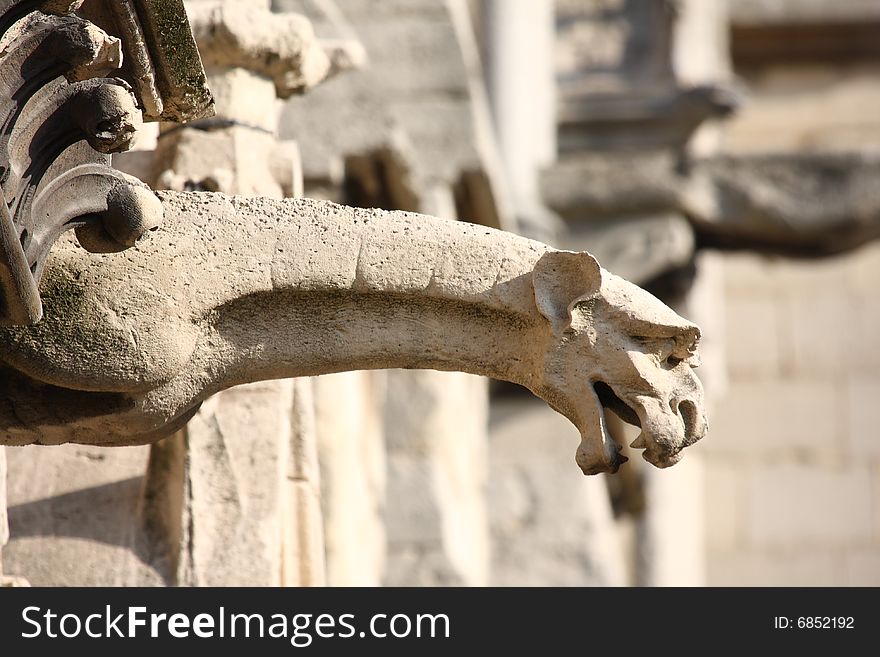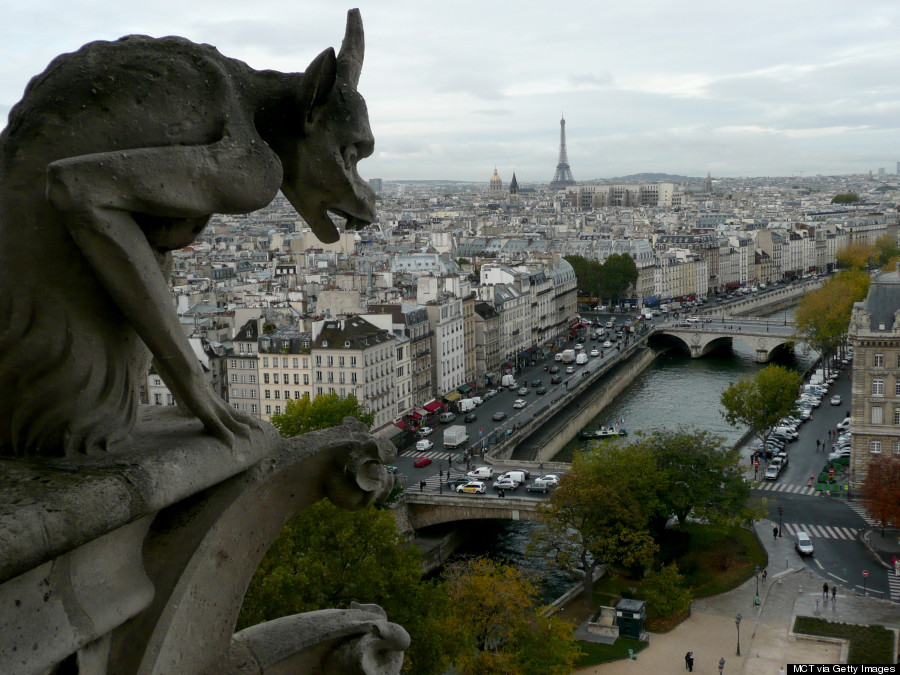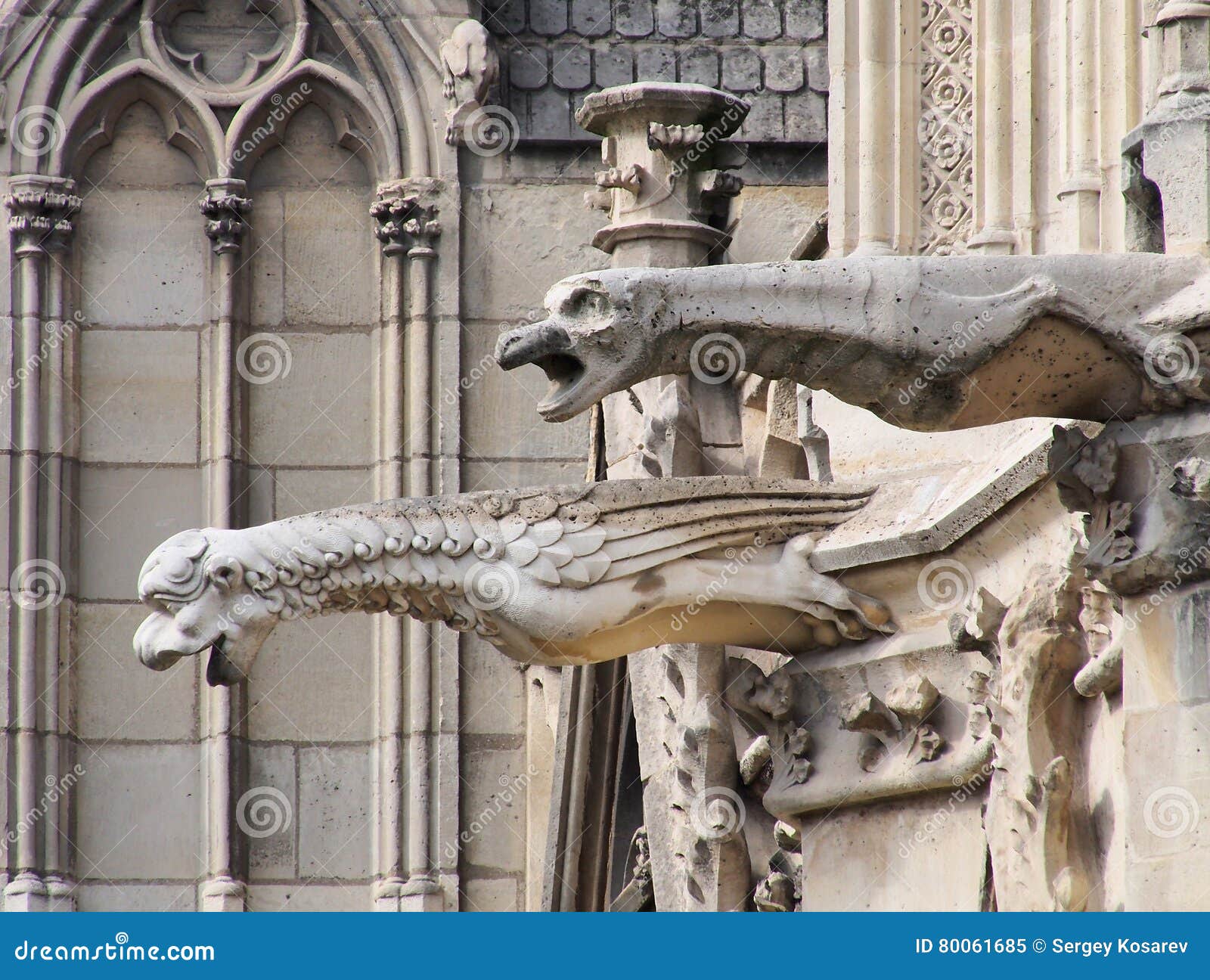

:max_bytes(150000):strip_icc()/griffin-gargoyle-174573756-56aadf473df78cf772b49aa0.jpg)

Provocative, at times profoundly insightful, Michael Camille unveils the fantasies and anxieties of both Viollet-le-Duc and all the restorations since in the veils of meaning and emotions of France’s most visited cathedral.Gargoyle of the Vasa Chapel at Wawel in Kraków, Poland This last work of one of our time’s great medievalists is, like Victor Hugo’s Notre Dame de Paris, at once monumental and wide ranging, yet always focused on a demonic protagonist. Writing a history of the cathedral’s bevy of gargoyles, Michael Camille brilliantly confirms Viollet-le-Duc’s definition of ‘restoration’ as both a word and thing of modern coinage. Viollet-le-Duc and Jean Baptiste Lassus have long been cast as the handmaidens of nineteenth-century positivism, instilling a vision of rational structure and historical development on the cathedral only recently purged of its Revolutionary years as a Temple of Reason.

“The ‘restoration’ of Notre Dame de Paris has always been controversial. Lavishly illustrated with more than three hundred images of its monumental yet whimsical subjects, The Gargoyles of Notre-Dame is a must-read for historians of art and architecture and anyone whose imagination has been sparked by the lovable monsters gazing out over Paris from one of the world’s most renowned vantage points. Tracing their eventual evolution into icons of high kitsch, Camille ultimately locates the gargoyles’ place in the twentieth-century imagination, exploring interpretations by everyone from Winslow Homer to the Walt Disney Company. He goes on to map the critical reception and many-layered afterlives of these chimeras, notably in the works of such artists and writers as Charles Méryon, Victor Hugo, and photographer Henri Le Secq. These gargoyles, Camille contends, were not mere avatars of the Middle Ages, but rather fresh creations-symbolizing an imagined past-whose modernity lay precisely in their nostalgia. Michael Camille begins his long-awaited study by recounting architect Eugène Viollet-le-Duc’s ambitious restoration of the structure from 1843 to 1864, when the gargoyles were designed, sculpted by the little-known Victor Pyanet, and installed. The first comprehensive history of these world-famous monsters, The Gargoyles of Notre-Dame argues that they transformed the iconic thirteenth-century cathedral into a modern monument. Most of the seven million people who visit the cathedral of Notre Dame in Paris each year probably do not realize that the legendary gargoyles adorning this medieval masterpiece were not constructed until the nineteenth century.


 0 kommentar(er)
0 kommentar(er)
